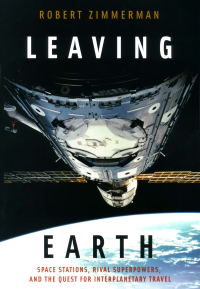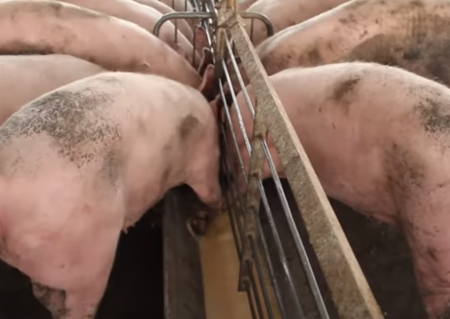December 16, 2025 Quick space links
Courtesy of BtB’s stringer Jay. This post is also an open thread. I welcome my readers to post any comments or additional links relating to any space issues, even if unrelated to the links below.
- Vast puts out a call for proposals for microgravity research on its Haven-1 station
This is a great opportunity for college students, as the approval process is going to be far simpler and faster than NASA’s for ISS.
- Chinese pseudo-company Astronstone touts the construction and testing of its own tower chopsticks
Only they are not yet on a tower, but held up with scaffolding near the ground.
- Blue Origin completes testing of the BE-7 engine to fly on its unmanned Blue Moon MK1 lunar lander
The engine has now been shipped to Florida for integration with lander for launch next year.
- South Korean rocket startup Innospace has moved its HANBIT-Nano rocket to the launchpad in Brazil for final checks
Launch is scheduled for December 16, 2025 at 10:45 pm (Mountain). Live stream here.
- On this day in 1965 Wally Schirra and Tom Stafford launched on Gemini-6 to rendezvous with Gemini-7, already in orbit
They completed world’s controlled first rendezvous of two spacecraft.
- On this day in 1984, the Soviet Union launched Vega 1, the first of two Vegas to fly by Venus (dropping off landers) and then continuing on to Halley’s Comet
As of today, the two Vega landers remain the last missions to touch the surface of Venus and return data.
- On this day in 2010 Mars Odyssey became the longest-operating spacecraft ever sent to Mars
It is still operating after 24 years, and now mostly acts as a communications satellite for other Mars missions.
Courtesy of BtB’s stringer Jay. This post is also an open thread. I welcome my readers to post any comments or additional links relating to any space issues, even if unrelated to the links below.
- Vast puts out a call for proposals for microgravity research on its Haven-1 station
This is a great opportunity for college students, as the approval process is going to be far simpler and faster than NASA’s for ISS.
- Chinese pseudo-company Astronstone touts the construction and testing of its own tower chopsticks
Only they are not yet on a tower, but held up with scaffolding near the ground.
- Blue Origin completes testing of the BE-7 engine to fly on its unmanned Blue Moon MK1 lunar lander
The engine has now been shipped to Florida for integration with lander for launch next year.
- South Korean rocket startup Innospace has moved its HANBIT-Nano rocket to the launchpad in Brazil for final checks
Launch is scheduled for December 16, 2025 at 10:45 pm (Mountain). Live stream here.
- On this day in 1965 Wally Schirra and Tom Stafford launched on Gemini-6 to rendezvous with Gemini-7, already in orbit
They completed world’s controlled first rendezvous of two spacecraft.
- On this day in 1984, the Soviet Union launched Vega 1, the first of two Vegas to fly by Venus (dropping off landers) and then continuing on to Halley’s Comet
As of today, the two Vega landers remain the last missions to touch the surface of Venus and return data.
- On this day in 2010 Mars Odyssey became the longest-operating spacecraft ever sent to Mars
It is still operating after 24 years, and now mostly acts as a communications satellite for other Mars missions.










